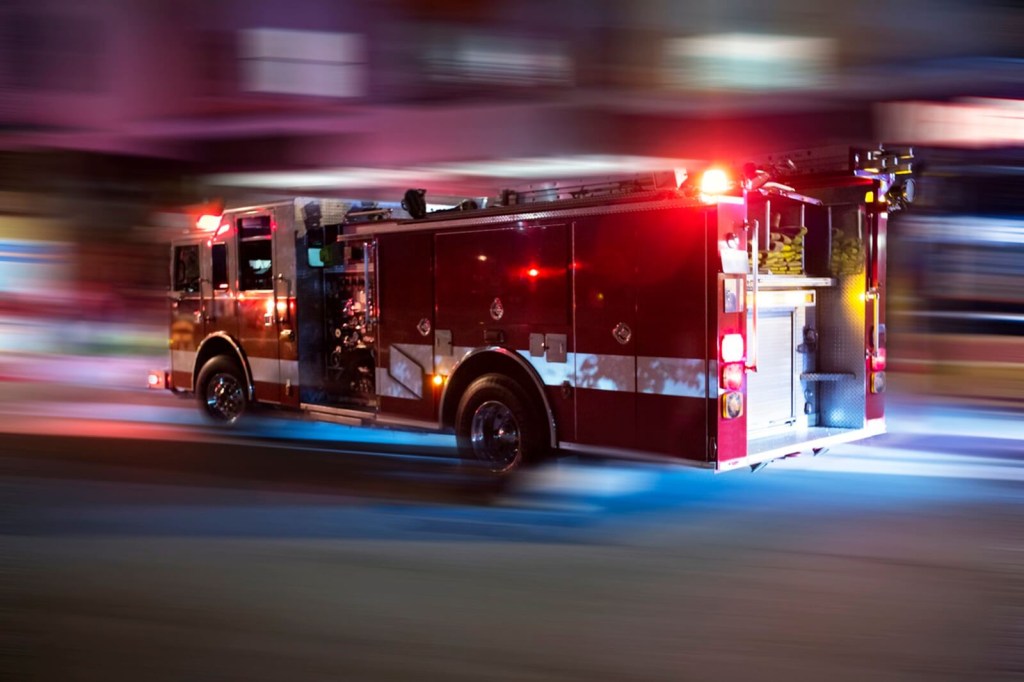
Can Fire Trucks Push Cars Out of the Way to Reach a Burning Home?
A code 3 fire engine means business. It’s likely on its way to a motor vehicle accident (MVA), a serious medical emergency, or a structure fire. Consequently, these emergency vehicles and their crews must reach the scene without delays like traffic and parked cars. So, can fire trucks push cars out of the way to reach a burning home or business?
Under the right circumstances, a crew might use a fire truck to push cars in the discharge of their duties
Like lane-splitting in some states, a fire truck pushing cars out of the way exists in a gray area. For instance, a close friend and firefighter I once served with reminded me that the departments he currently works with don’t have formal policies on the subject. However, he assured me that, in the event of a high-stakes emergency, a crew would push cars with a fire truck without hesitation.
Furthermore, when I say “push,” I mean push. Not ram. You won’t see a fire engine plowing through parked cars like a game of Grand Theft Auto. Instead, an operator would likely make contact and use the truck’s considerable torque to gently push a vehicle out of their path.
Of course, like breaking a parked car’s window to access a fire hydrant, fire crews would treat pushing a car with a fire truck as a last resort. In all likelihood, a crew would try to find an alternative route to get their apparatus to the scene. However, fully involved structure fires, team mayday situations, or probable rescues might warrant pushing a parked car.

In the event of dense traffic, fire crews would use lights and sirens to alert cars that they need to pass. If motorists are distracted, or let’s face it, oblivious to the approaching fire apparatus, crews can use the tools at their disposal. For instance, many emergency vehicles have many siren tones and old-school Q-sirens to penetrate vehicle cabins and alert drivers. These monotony-breaking sounds are essential to clearing intersections and ensuring motorists steer clear.
Admittedly, neither of us has had to push a car with a fire truck or ambulance on the job. Still, lights and sirens do a commendable job of warning motorists that a 30,000-lb fire engine is coming.



